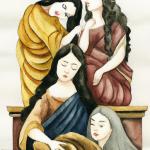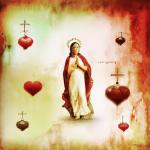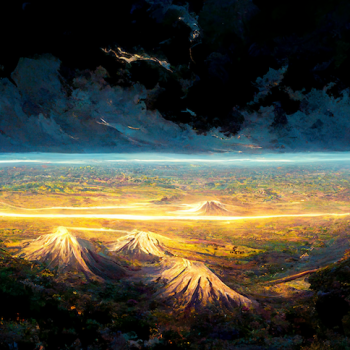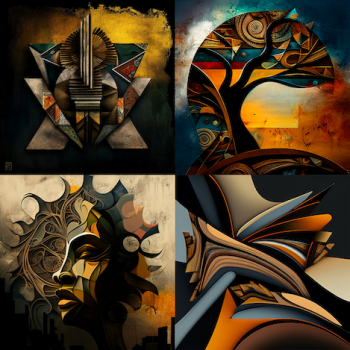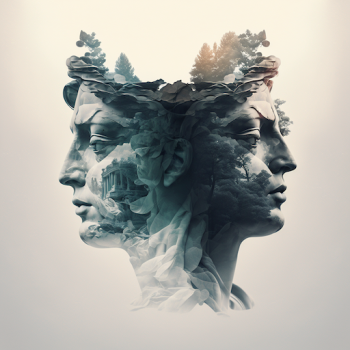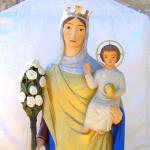Beyond the Written Word
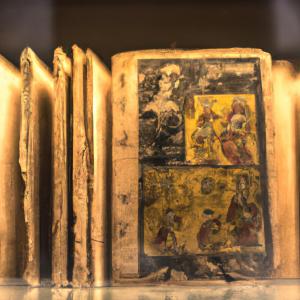
Religious texts hold immense value for believers, not only for their content, but also for their artistic expression. From intricate calligraphy to stunning illumination, these sacred scriptures are not just vessels for words, but works of art in their own right.
The Beauty of the Word:
In many religious traditions, the very way the text is written holds significance.
- Arabic calligraphy in the Quran is considered a sacred art form, with specific styles and flourishes carrying both aesthetic and symbolic meaning.
- Hebrew calligraphy in the Torah features precise lettering and decorative scripts, reflecting the reverence for the sacred text.
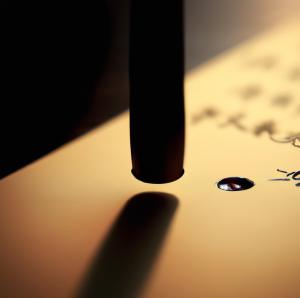
Illuminating the Divine:
Beyond the script itself, many religious texts are adorned with breathtaking illuminations. These vibrant paintings, often featuring gold leaf and intricate details, serve multiple purposes:
- Enhancing the visual appeal of the text, making it more engaging and accessible.
- Illustrating key scenes and figures, providing a visual narrative for viewers who may not be able to read.
- Adding symbolic elements, enriching the meaning of the text and conveying deeper spiritual truths.
A Global Tapestry of Art Forms:
The artistic expressions in religious texts vary greatly across different cultures:
- Indian Buddhist manuscripts may be adorned with intricate miniature paintings, depicting religious stories and deities.
- Medieval Christian manuscripts often feature lavish illuminated pages with borders and illustrations depicting biblical scenes.
- Pre-Columbian Mesoamerican codices combine pictographs (symbolic pictures) and text, weaving a unique narrative tapestry.
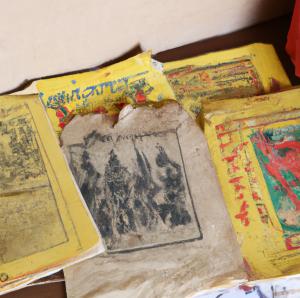
Preserving and Appreciating the Legacy:
The artistic elements in religious texts are not merely decorative; they are an integral part of the cultural and religious heritage of various communities. By preserving and appreciating these artistic expressions, we gain a deeper understanding of the faiths they represent and the artistic traditions that have flourished alongside them.
Conclusion:
Religious texts are not just collections of words; they are multifaceted artistic creations that transcend the written word. By exploring the beauty of their calligraphy, illumination, and other artistic elements, we gain a richer appreciation for the rich religious traditions around the world.


